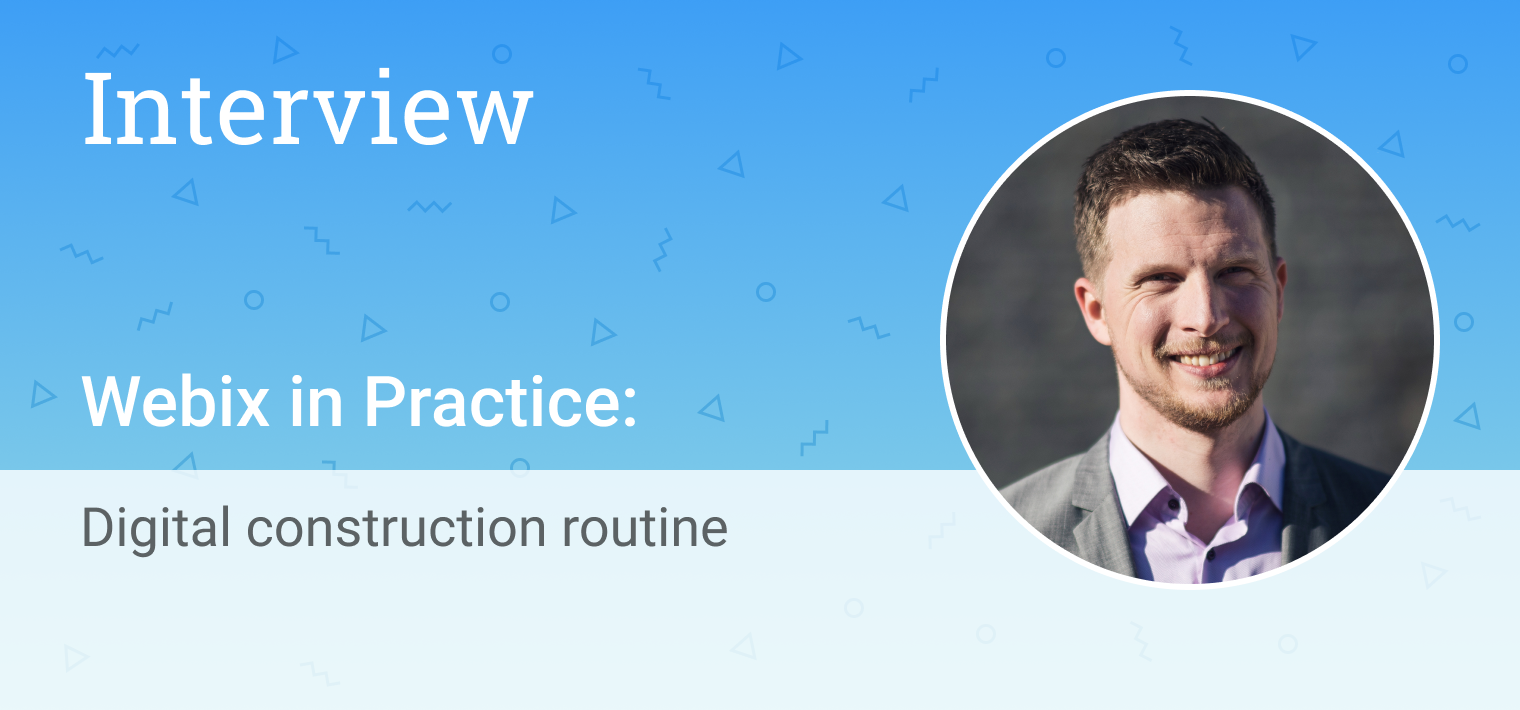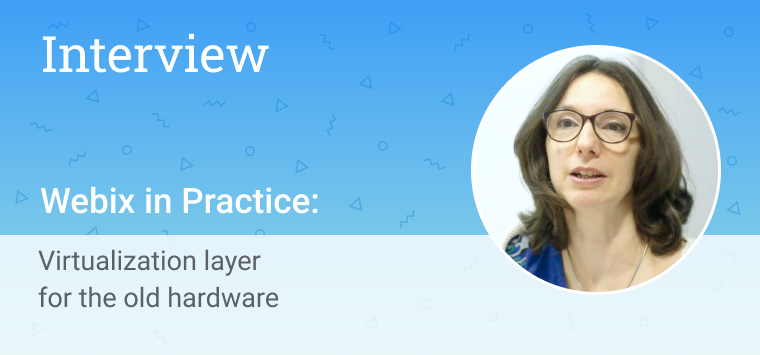Today we talk with Tore Hvidegaard. He is the founder and CEO of 3dbyggeri, a digital construction company in Denmark. The company was established in 2007 and since that time they have become experts in digital construction of building materials and procurement rules. An architect himself, Tore has managed to create a dynamic company with the leading position in its business domain.

Nice to have you, Tore with us today. Tell us about yourself and your career.
Hello. So, I don’t have an IT background, I’m an architect by profession. The 3dbyggeri company was founded 13 years ago by myself and two developers. Everything I know about IT architecture, setting up and developing systems I have learnt from the guys I work with.
Could you tell us more about the scope of your work?
We work within the construction industry. We do consultant work. For the last 2 years, we have been developing IT systems for internal use to improve our processes within the company. With time people figured out we had the software they needed and they wanted to buy it from us. So we had to transform it a little to make it useful for the people. For those who don’t have time to set up a lot of things. Today we have software that can be applied for different types of industry, but it is based around the same core, which is basically accessing and using databases.
How did you decide to work in this particular business?
We started using the tool for our tasks. Building owners hired us and we had some repeating tasks that we wanted to optimize. We began developing tools to get the overview. People began looking at what we could do and asked if they could buy the software from us. So we started investigating the market and the potential of offering our services there.

Who are your customers?
They are manufacturers of building materials, architects, and engineers.
Are there a lot of competitors?
We are first movers. The market is high and we are moving in front of it. So when we started we couldn’t just copy what other people had done before. We had to figure out our own solutions.
How big is your team?
There are four people. But they are very specialized within certain kinds of software. In the web development part, two people are doing different stuff.
What’s your system platform like?
We develop on Ruby on Rails and add different libraries. We try to make the process organization as lean as possible to let people do what they want to do. Our main platform is called Glasshouse. It makes the building processes transparent. All information is gathered in one place. We use different kinds of algorithms to align the material to make sure that things that are being built fit the supplier. When building large projects like hospitals and schools, commonly, people work with different information. Documents are usually stored in PDFs, Word docs, and Excel spreadsheets. We collect everything in one place to make things visible and transparent.
How is Webix used in your solutions?

The central part of our software is one big table that the user sees. The information from many different places is in one place and it is convenient. Huge js spreadsheets are interesting but difficult to work with. At the same time, there is a high demand for them. If you are used to working in Excel with simple editing and information grouping options, you want nothing else. We experimented with some prototypes of simple table setups. People were quite happy with that. But the better we did, the more they demanded. They saw the potential and the ideas kept flowing. Doing everything by hand was close to impossible, so we began investigating different libraries and setups that could handle the features and functions that we wanted. It was one of our clients that showed us two libraries, saying “they probably can do what you want”. At first, we had our view on another one, not Webix, but we dug into, tested what could be achieved with them and how easily. We ended up selecting Webix and made implementations to make sure everything that was shown was possible to do. It was a mix of general and very specialized features that we needed, combined with how easily we can implement the documentation. Those things let us choose Webix UI framework. So far we’ve been using the Tables mostly. We looked at other parts of the library to know that we can develop further if we need it. The library is huge. We are currently using like 10% of it and planning to use 20-30%.
Are there any difficulties with Webix?
It’s quite easy to find examples and snippets in the documentation to figure out what to do. I like the concept of the forum, where you ask something regarding a specific problem and the customer support will answer and make a snippet for how it works. So you can actually see how it works. It really helps those noncoding technical guys like me. Coders may write something but sometimes it’s difficult to understand what they mean. Those snippets save us a lot of time. Coders like it as well, as they usually spend a lot of time explaining what they mean.
We still have a need for printing things from the system. When people see something they like, they want to make a PDF. We’ve been experimenting with that, but that’s not the superstrong side of Webix.
What can you say about the mobile compatibility of Webix?
We are very reliant on big screens. Users don’t have a big need for mobile apps right now. But we are discussing the possible solutions of how Excel and Google sheets can work on mobile platforms.
Thank you for this talk. It was nice meeting you.
You can find more information about Tore at his LinkedIn account and on the 3dBuilding website.
And if you would like to tell us about your experience of using Webix, do not hesitate to contact us through the form.



